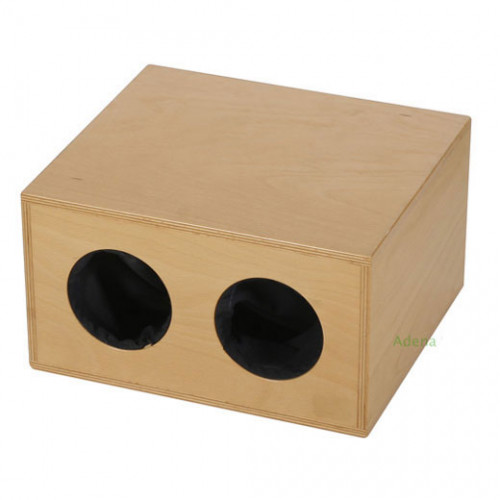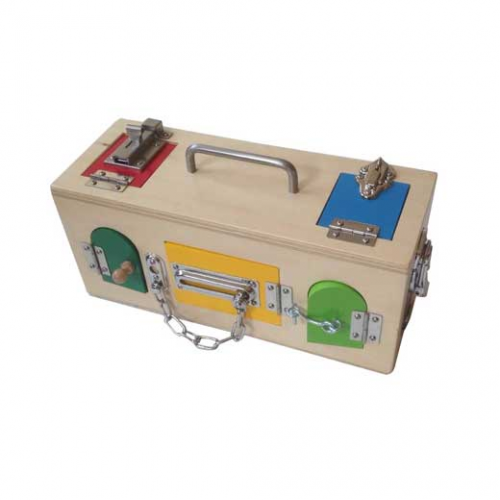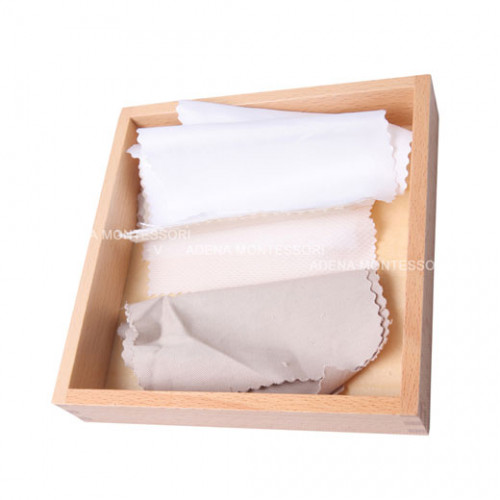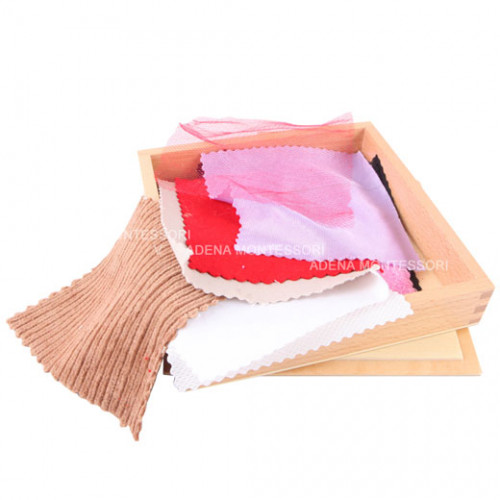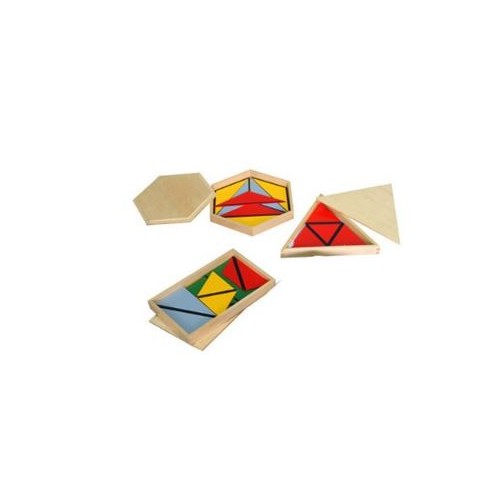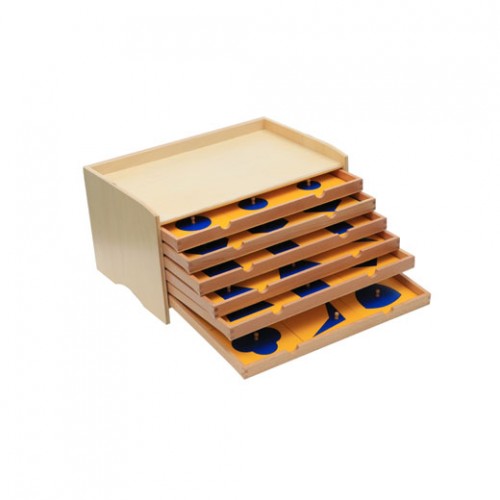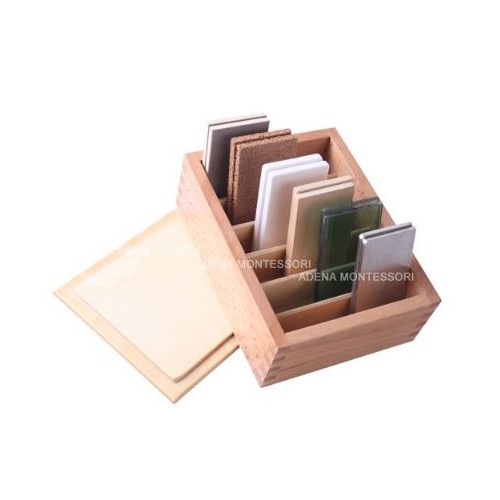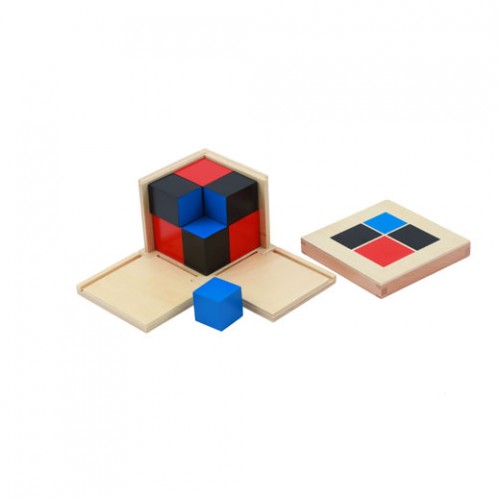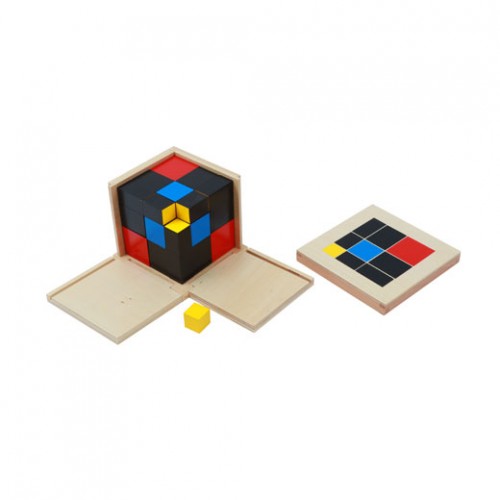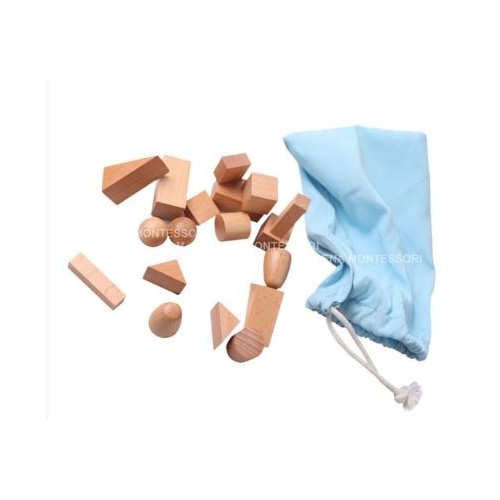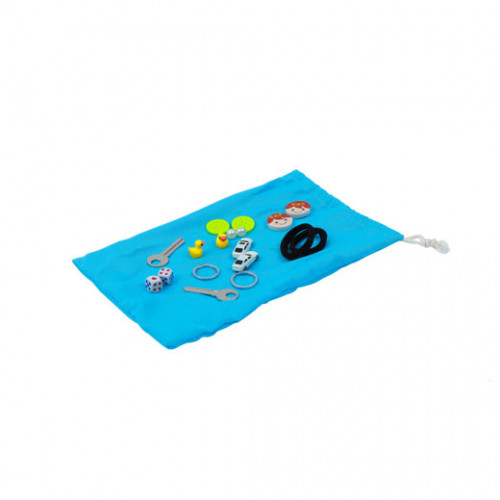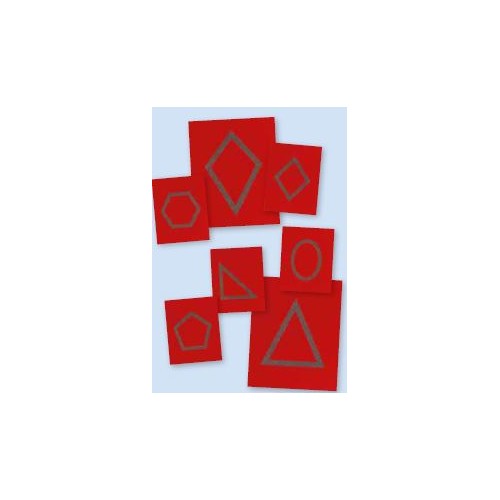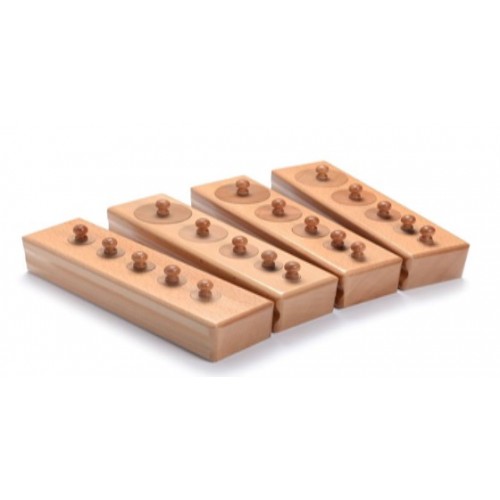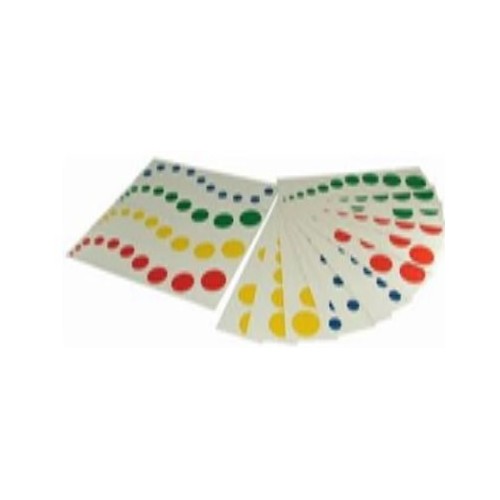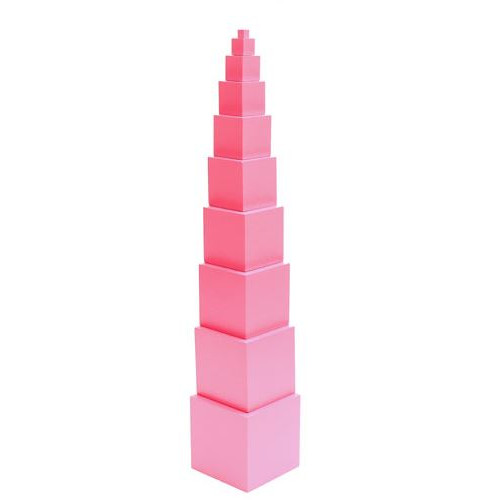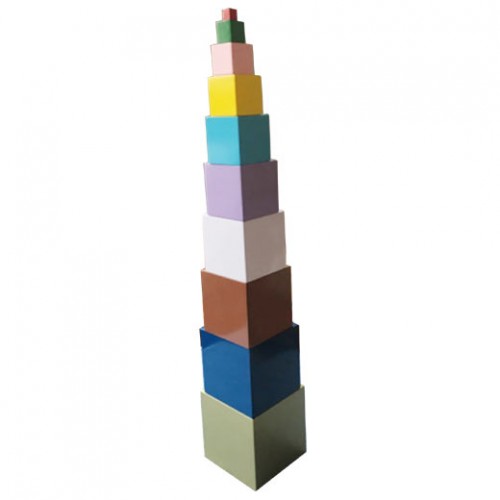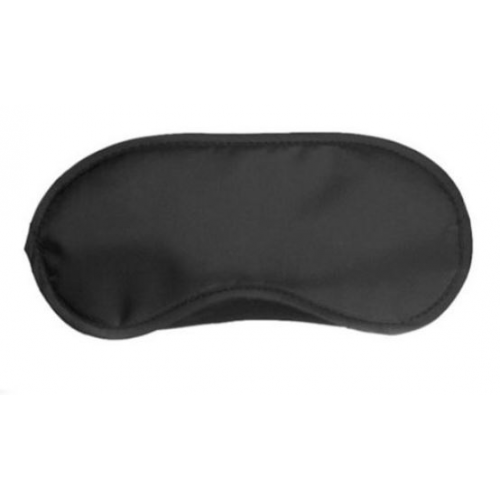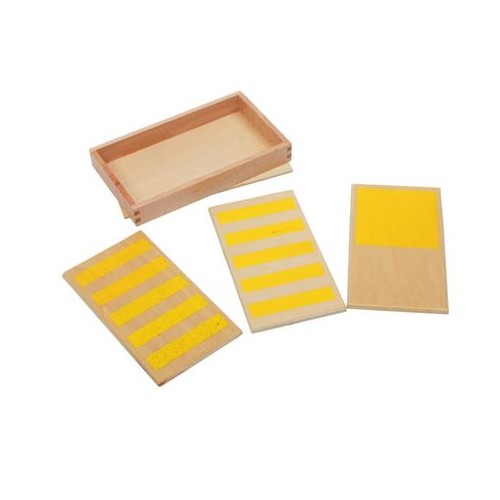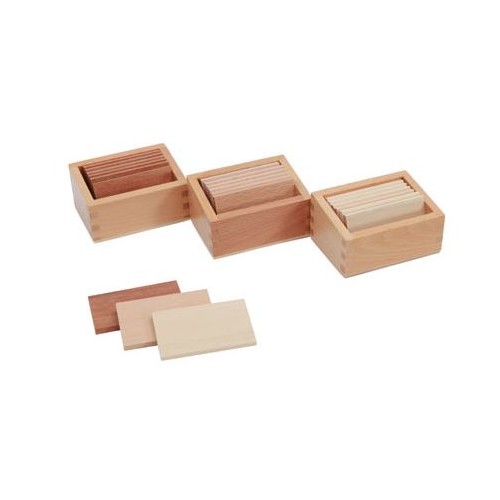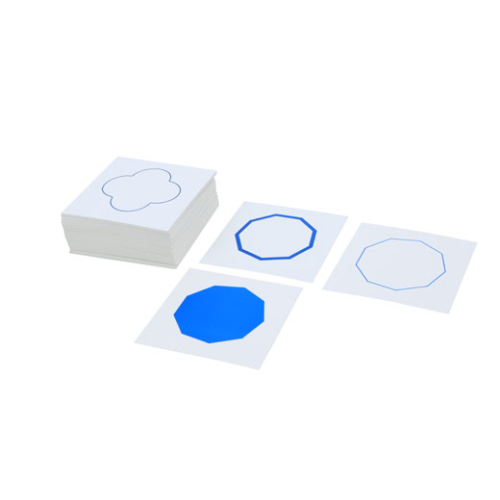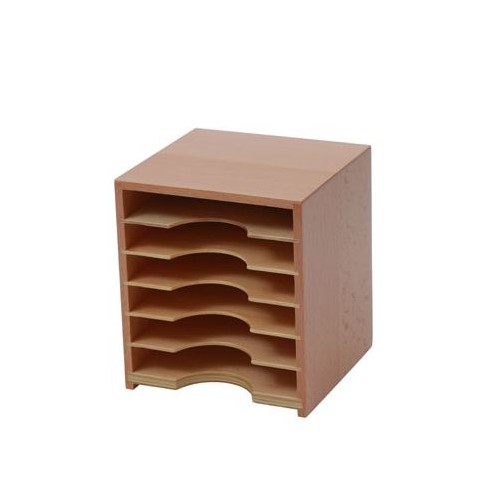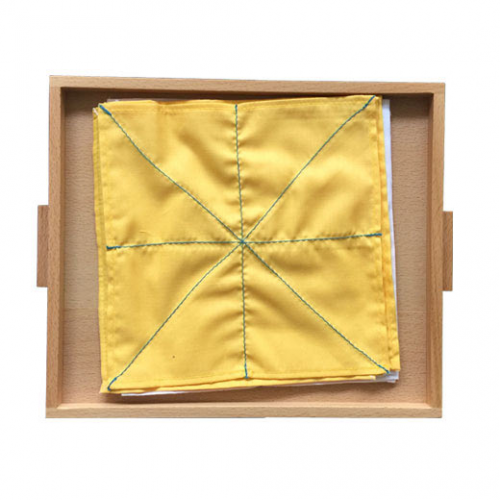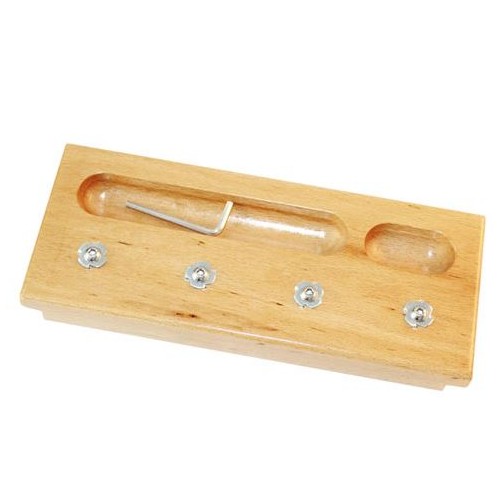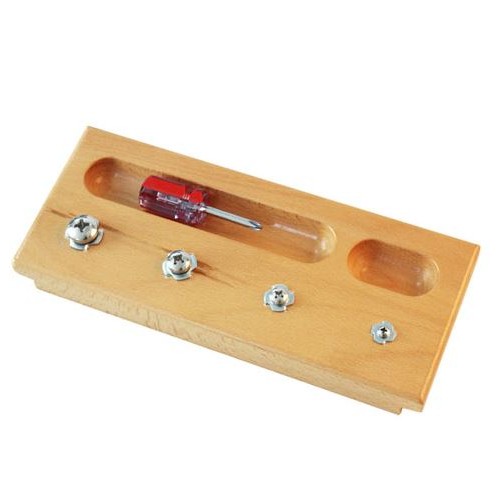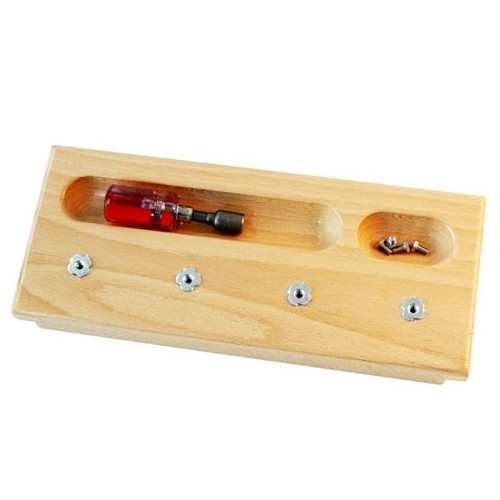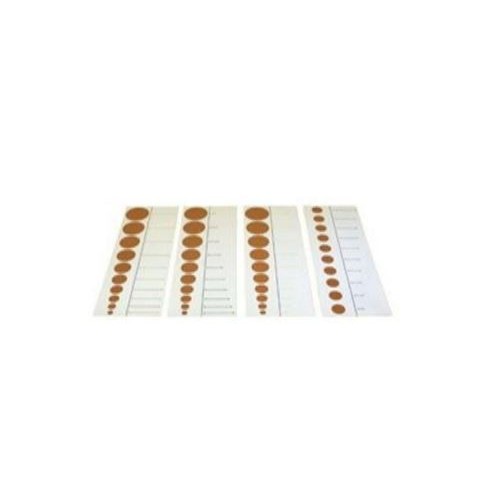No products
Product successfully added to your shopping cart
There are 0 items in your cart. There is 1 item in your cart.
Online only
A062
New product
4 Items
Mini Brown Stair
Smaller version of Montessori stairs.
Sensory material to perceive the changing dimension in two dimensions (varying the thickness of the stair while the length stays). The material consists of ten brown wooden prisms (the smallest 1x1x20 cm, the largest 10x10x20 cm). The brown stairs are made of beechwood. Free gift card for assignment.
The main objectives of the material are: Improving Gross MotorsCoordination of Movements (Hand-Eye Co-operation) Size and Weight DifferentiationMat Mathematics and Geometry (decimal system) How to work with:
We invite the child to work "Would you like to show how to work with the Brown Stairs"? We will show where the tool is located and the individual racks are dismantled on the prepared rug. We bring the pieces to the rug individually. Take the widest prism, weigh it, caress its surfaces and place the rug on the left (it is possible to work with two rugs). Examine the remaining prisms and select the nearest narrower prism and place it next to the first. Do the same with others as soon as the stairs arrive.
Work slow and passionate. Use your hand to climb the stairs from top to bottom (the harmony of movement). You can also verify veracity by attaching the smallest prism. The pruning prism is the same as the adjacent wider prism. Then dismantle the stairs and ask the child to try the building too. At this stage, there is no need for word accompaniment to distract the child.
Instead of repeating, name the individual items and steps (= vocabulary development), followed by familiarity with the prism properties (narrow x wide), then verification that the child has mastered this step ("give me the widest step", "put a narrower step next to him" "Take the narrowest step into your right hand", etc.) and the last step is polling ("which step is the narrowest", "what is this step", etc.)
Next steps of the lesson: The child places the prisms on top of each other and moves arbitrarily at their discretion and examines their properties. (1x20cm, 2x20cm, ... 10x20cm) - You can easily make a drawing of the plan of the paper on a brown paper, which you then cut off, stick to the staircase Cards and ev. You are rolling. Cards can be completed with numbers from 1 to 10. Later, the child can assign prisms directly to the numbers, Build prisms according to the number series (eg 10,8,6,4,2 or 1,3,5,7,9). The child builds the stairs according to the patterns on the cards. The child combines the stairs with other aids (Pink tower, Red bars) , Again either arbitrarily or according to the cards. Checking the correctness: looking at the subjectSpecific vocabularyexpanding the vocabulary (edge, prism, side, ... searching for the same shapes in the surroundings) Understanding the terms "narrow" versus "wide" "Strong" versus "thin" Comparison and grading "narrow, narrower, narrowest" / "broad, broader, widest"
Customers who bought this product also bought:
-
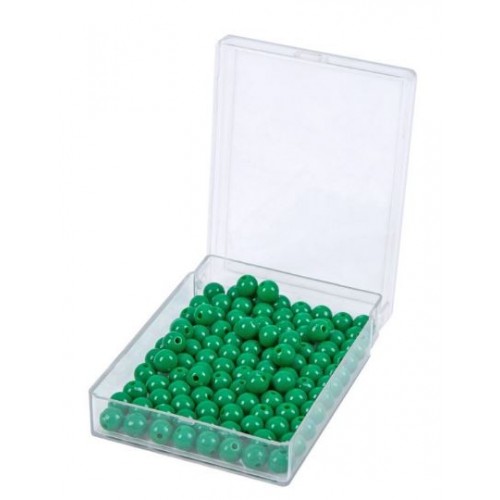
Green Beads:...
6,88 €
-
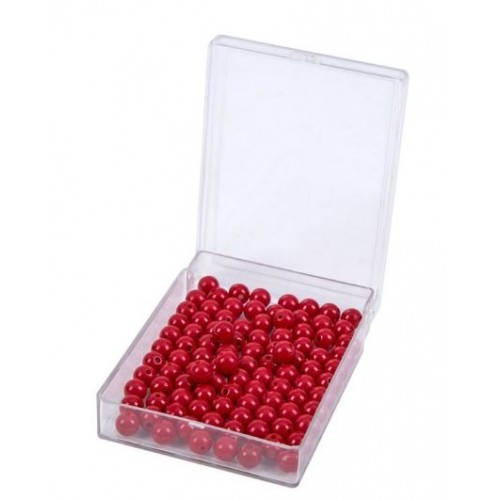
Beads: Red...
6,88 €
-

Hundred...
7,22 €
-

Zipping Frame
16,16 €
-

Multiple...
13,41 €
-

Geometric...
6,88 €
-

The Clock...
13,06 €
-

Tray for 45...
21,92 €
-
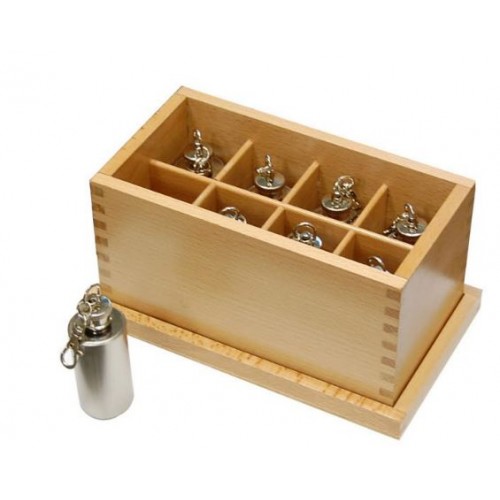
Thermic Bottles
54,36 €
-

Metal...
16,85 €





